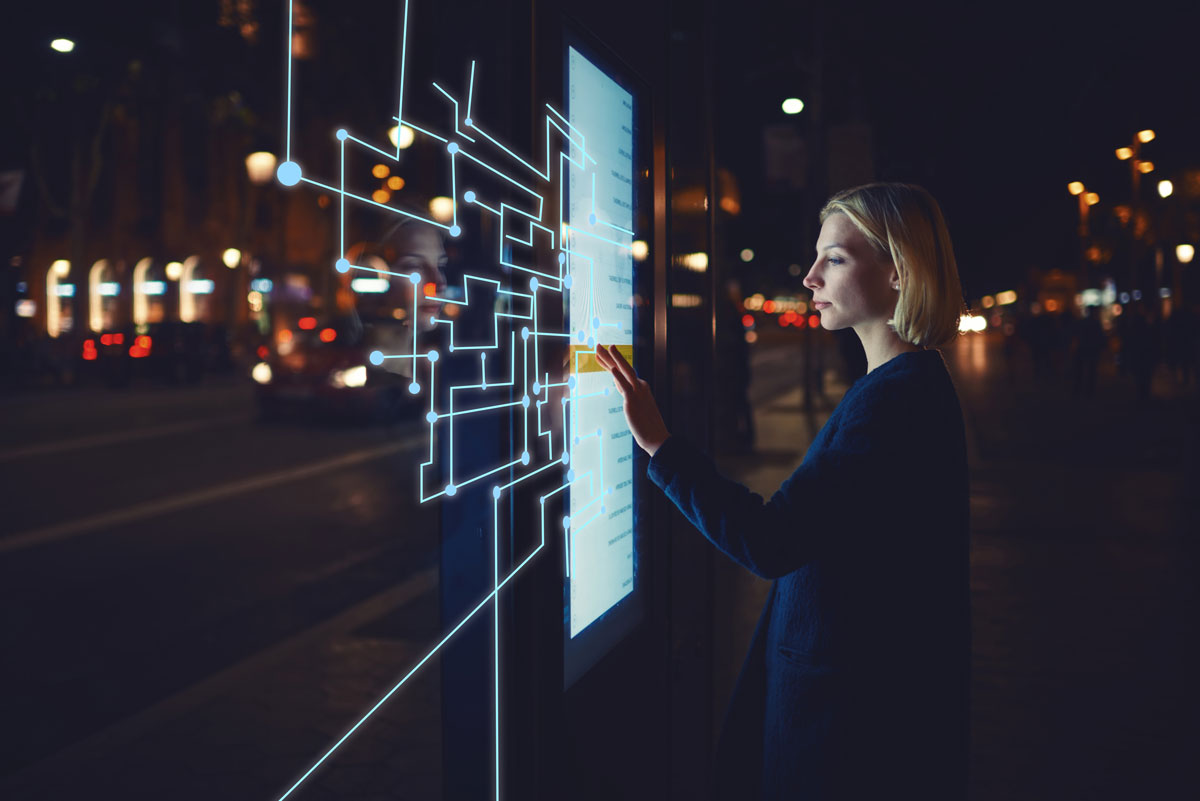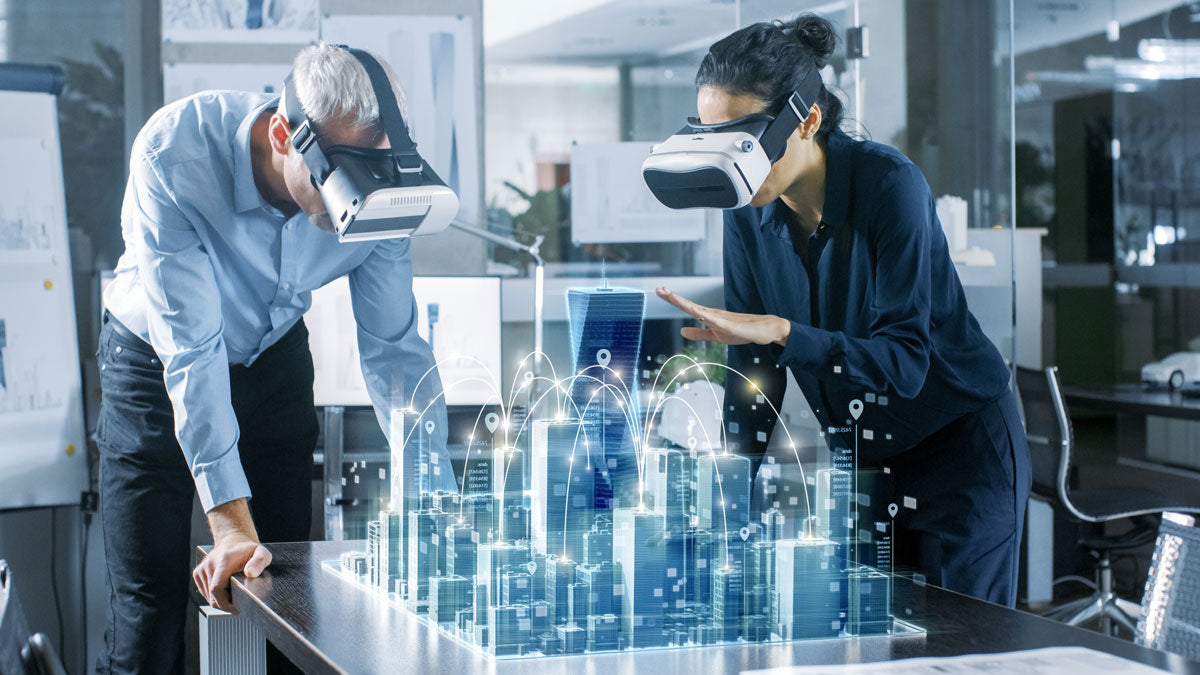When speaking about design, ideas and concepts will always come through as the most valuable thing; however, these will only be an illusion if work is not put into them so they become real. In order to carry out this work, there is a wide range of tools that will assist designers in the different stages of the process. Design software is, undoubtedly, an essential tool of our time.
Computer programs and apps have the purpose of making work easier for users while saving them time. Recently and along with the evolution of informatics it is possible to design things, which are hard to imagine being done analogously, meaning that in addition to making work easier, they also potentize human possibilities.
In the beginning, interfaces and commands required to make programs work were very complex, users had to be experts in the matter, but with new developments and designs, the operation simplified, giving way to the democratization of software, when speaking about usability. Today, thinking about a design project that has not gone through a computer program in one of its stages is almost unthinkable.

There are several applications and computer programs that help designers create mental maps, do brainstorming, drafts, conceptual models, presentations, visualizations, executive projects, and even help generate all the digital data needed to materialize and create by using a machine, according to each project’s case.
In addition to desktop computers, which used to be the main hardware, tablets and smartphones have recently joined this group, with their respective apps, with which now many design tasks can also be solved.
Regarding the above, the question would be, how will these computer programs be in a near future? There will always be some kind of uncertainty and we can only speculate, but the truth is that, seeing the evolutionary curve in informatics and these programs, there are a series of assertions worth mentioning.
- Pencil and paper paradigm
Many creative people think that ideas and concepts must be captured with pencil on paper, analogously, the most intuitive way of landing concepts, without the comprehensive understanding of the tools being an obstacle or setting a direction. This argument makes sense when the program being used is not designed for this task; however, tablets and their respective apps currently have an interface so intuitive that it mimics the pencil’s natural stroke on paper. When we analyze it well, pencil and paper are tools we learned to use from an early age and that is why they are particularly familiar to us, but this will be surely different for future generations.
- Interfaces
Interface design connects users with the computer; a good interface involves little learning and a quick understanding of the program or device. New programs are increasingly simple to use and what at one point implied years of study to be able to fully learn how to use certain tool, can now be understood and controlled in a few hours. This implies that little by little, designers will not be limited by their technical knowledge and will spend more time in creative processes.

- Touch displays
Until today, most programs were controlled with a mouse or trackpad; however, touch displays, like an informatics input, are a very intuitive method, which will become a priority in interface design and use experiences.
- Voice control
There are more and more smart speakers in homes, the kind that receive voice commands and run them. Thinking about a voice controlled design software or CAD is not an out of this world idea.
- Maker movement and CNC democratization
By the hand of number 2 above, not only computer programs are currently more intuitive, also machines and products are becoming something that an average person can control, the case of the 3D printer is enough as an example. In addition, the maker movement invites people to learn about physics, materials, electronics, and mechanics in order to materialize things they imagine. This trend will continue to expand and take fabrication tools closer to creative disciplines.
- Renders and RV
Today it is almost impossible to tell the difference between a real photograph and a nice render, virtual reality tours, on the other hand, can help us experience an architectural project as if we were living it, even during the early stages of the project. This kind of tool will continue to expand and it is very likely that new ways of exploring and experimenting designs that are far from existing in reality will emerge.

- Parameterization
Within the field of design, this term refers to the definition of variables that interact with each other to create a geometric construction; when these variables change, the construction continues to work, but offering different results. Designers are familiarized with the “parametric design” term for sure. Put in other words, parameterization in design consists in programming object geometry, which can be applied to a logo, a table or building.
This work implies not only a creative function, but also places the designer as an object programmer; it therefore implies logic and programming knowledge, very close also to the artificial intelligence field.
Parameterization, even though it implies a hard work in first instance, can save an impressive amount of work for certain projects in the long term.
- The day computers design
Perhaps the greatest paradigm in artificial intelligence is whether machines will be able to create and not only execute. Maybe there will come the time when you can provide a machine with the features of a space and it will be able to design a house that meets all the requirements of the project.
Using the tools of the future
Oru Kayak is a kayak designing company; they use digital and technological tools, like the Autodesk Fusion 360 software, to materialize their projects.
It is thought that design as a creative activity will be one of the last trades to disappear, since an enormous development of artificial intelligence is needed for a computer to be able to solve problems in a creative way, put in another manner, to create design ideas and concepts. Until that day comes, computer programs will continue to be increasingly efficient tools that will help designers turn their ideas into reality.



